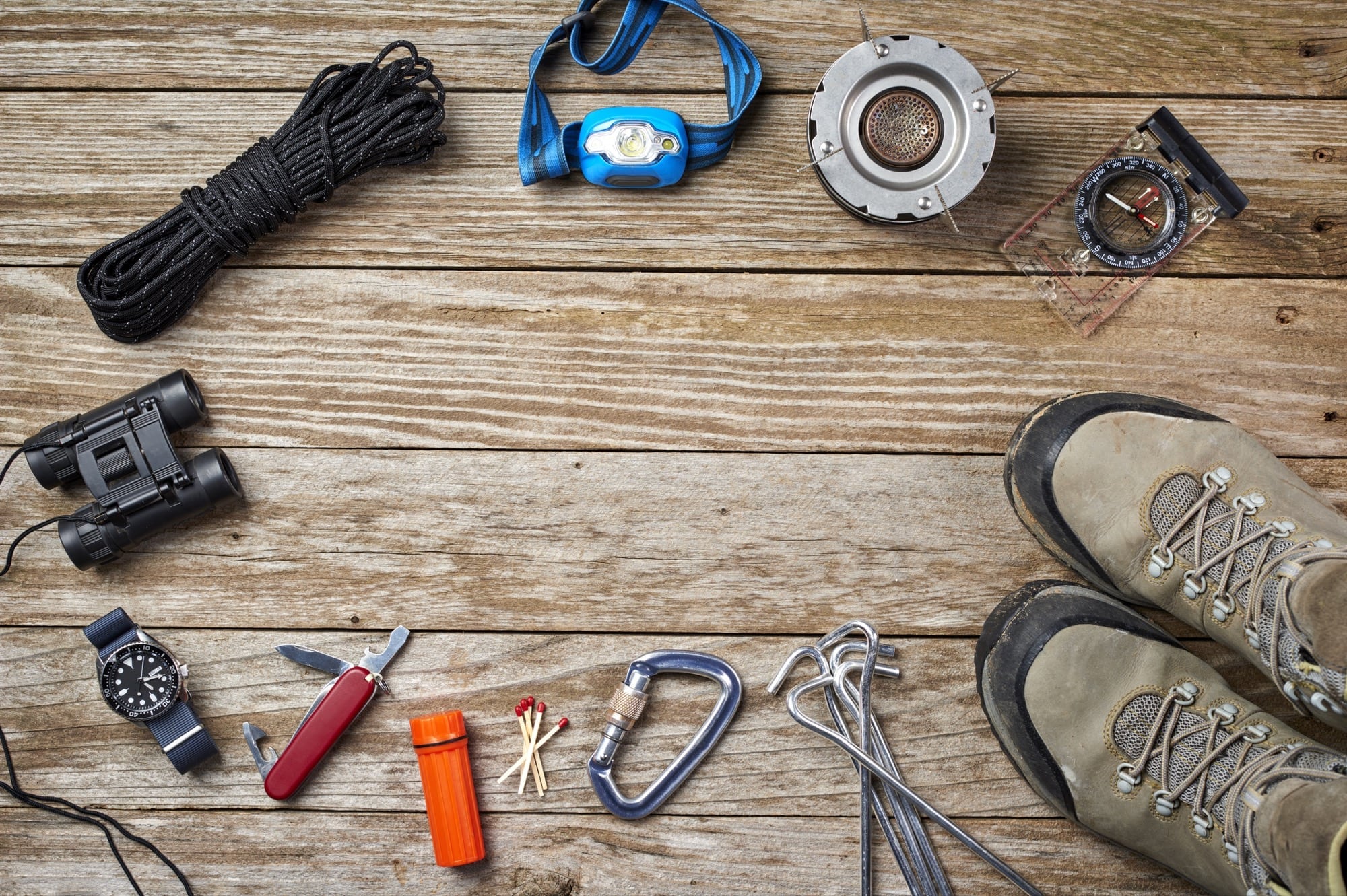When backpacking, hiking, or camping you’re bound to encounter some water. Be it a stream to cross, to a light drizzle, to a monsoon-like downpour, getting wet is just part of life in the outdoors. Here are some tips for staying dry on the trail, for both you and your equipment.
- Keeping your feet dry might be the most important thing you do. Your feet are your only mode of transportation so take good care of them. Waterproof your boots, paying close attention to the seams. Consider gaiters to go over your boots. These will keep your footgear (and legs) protected from not just rain, but from rocks and debris on the trail. Bring extra socks and make sure to dry out any damp ones from the day’s trek.
- A happy head as well as toasty toes can go a long way to making you feel comfortable in the damp. A rainproof hat is a great investment for your comfort. A hat with a brim will help keep rain off your face as well. A waterproof crush hat is comfortable and functional as both a sunshade and rain cover.
- Remember those special towels swimmers used during the Olympic games? Get one! They are basically a large chamois, same as the ones used to dry your car after a wash, and are very effective for removing moisture. Then you just wring them out and tuck them in their carrying case, and they’re ready to go to work the next time you need them.
 Use of a walking stick or hiking staff may come in especially handy when crossing streams or rivers. That additional balance aid could mean the difference between exiting the water upright, or taking an unexpected plunge.
Use of a walking stick or hiking staff may come in especially handy when crossing streams or rivers. That additional balance aid could mean the difference between exiting the water upright, or taking an unexpected plunge.- When camping, use your rain poncho or a tarp as a shield between the ground and your sleeping bag. That extra layer of insulation can go a long way to keeping dampness out, you can even use it in or under your tent for additional protection.
- Keep the gear in your pack dry by lining the inside of your pack with trash compactor bags. Similar to but more sturdy than a garbage bag, these durable plastic bags will keep the contents of your pack dry even if water leaks into the pack. They can be repaired with duct tape if they tear, and are an inexpensive way to protect your vital gear and supplies.





